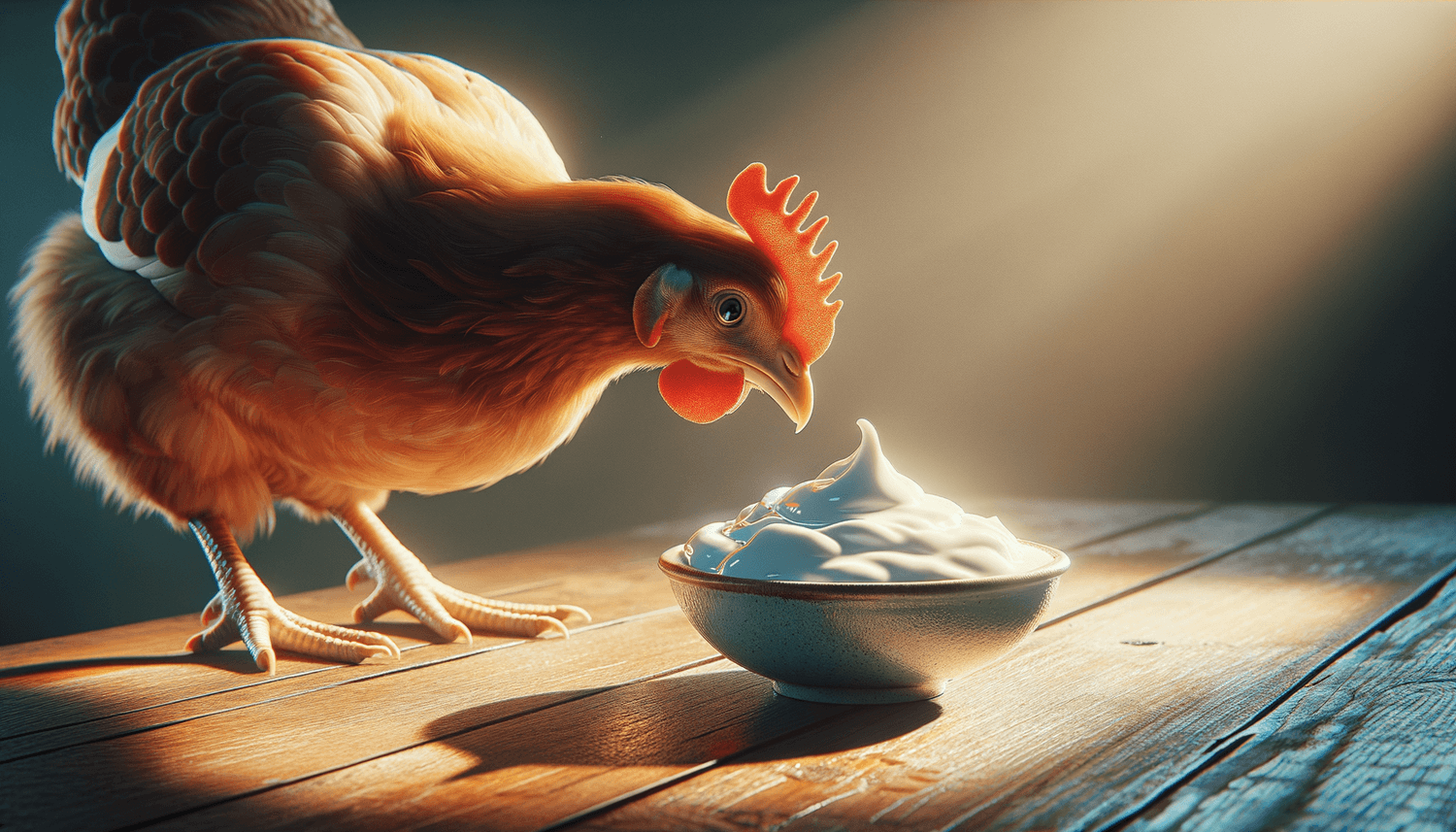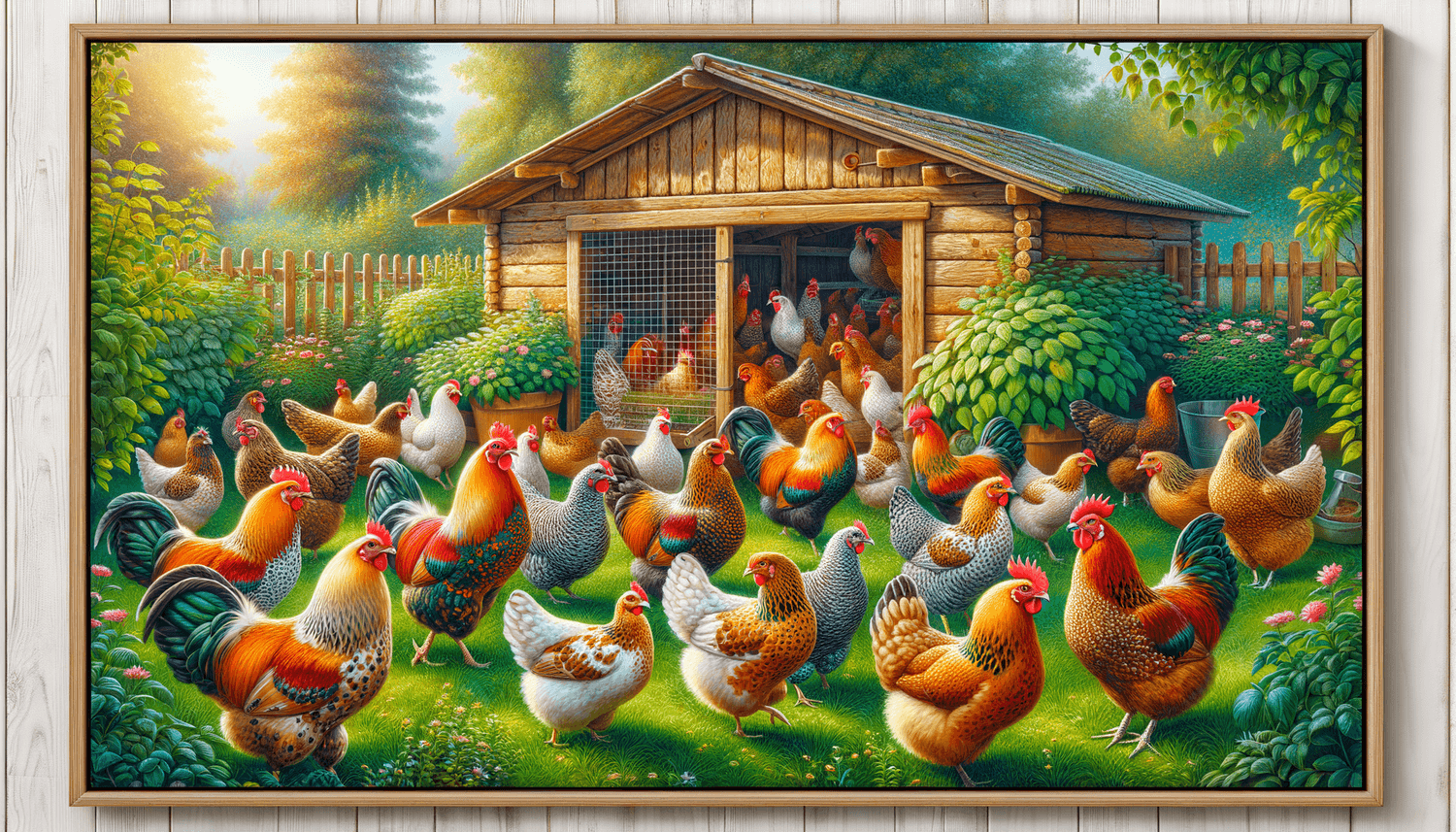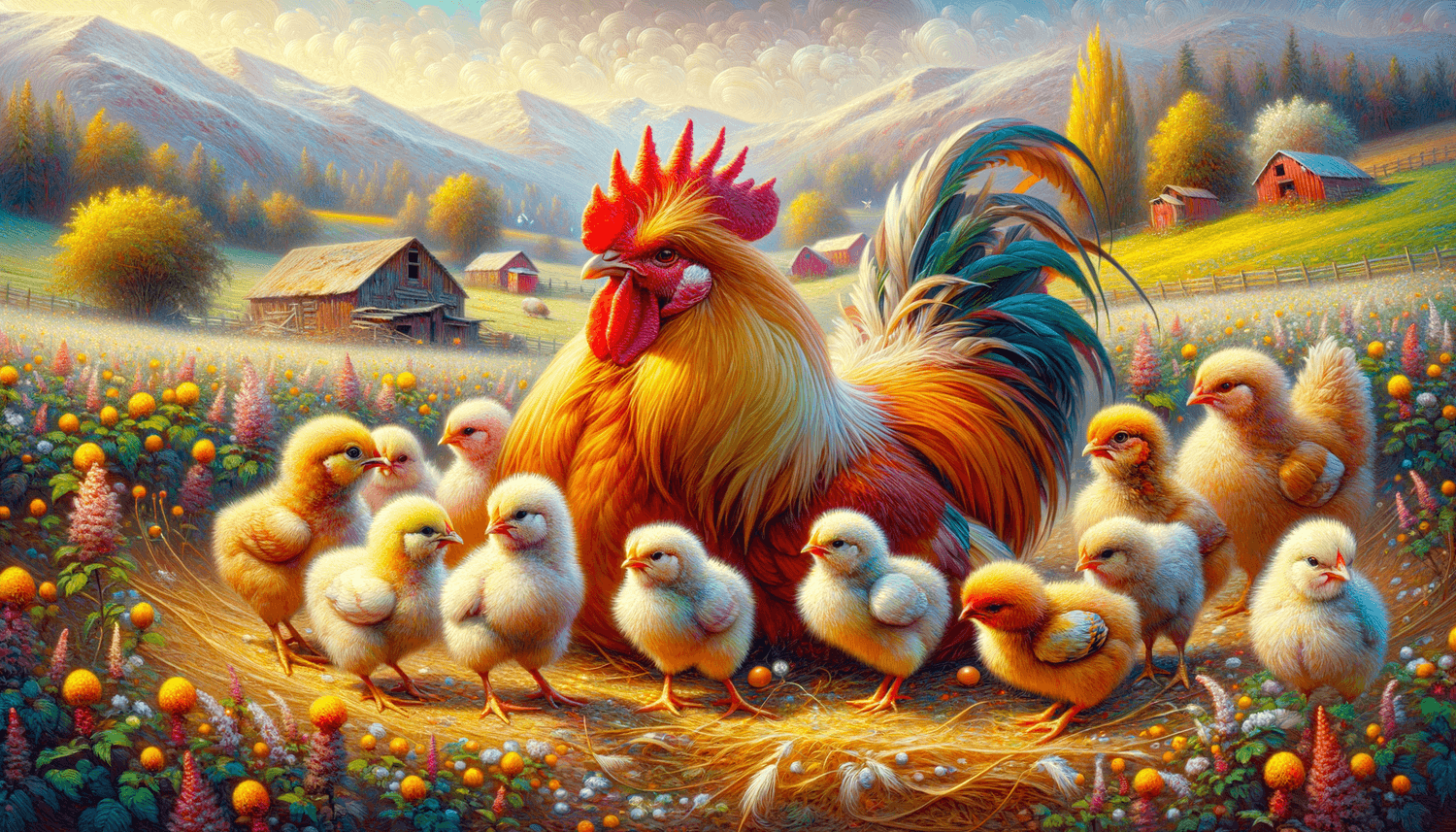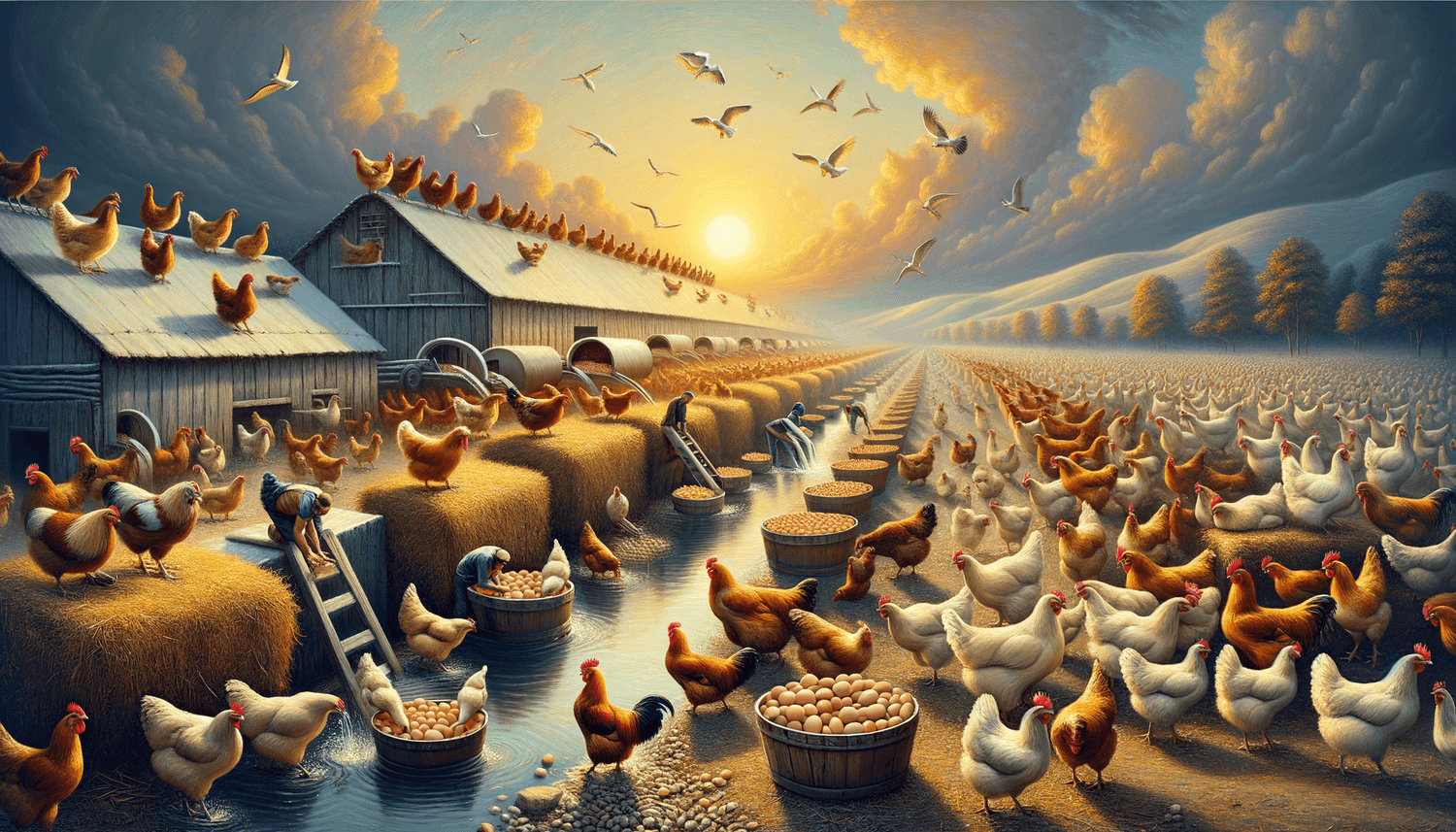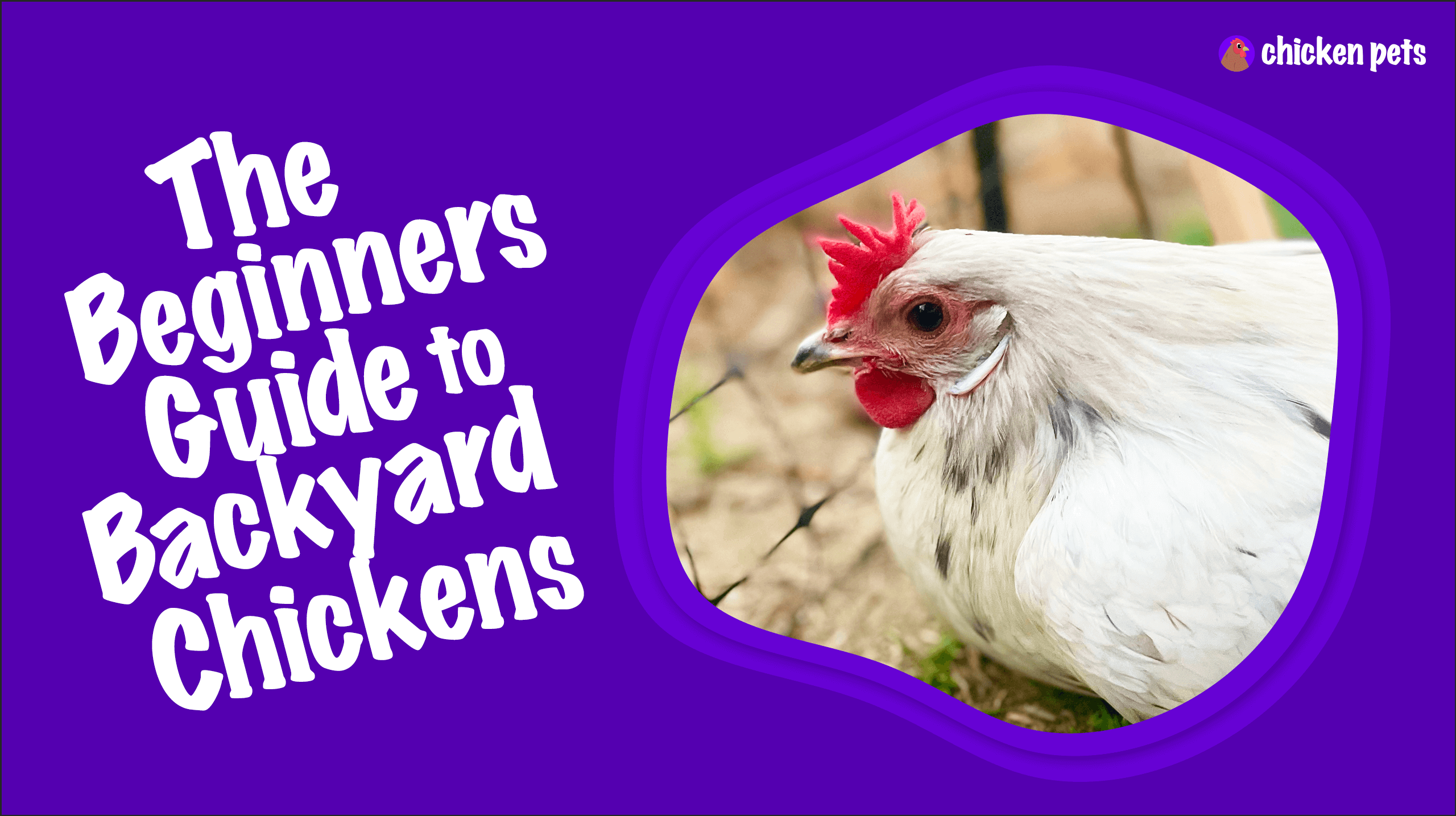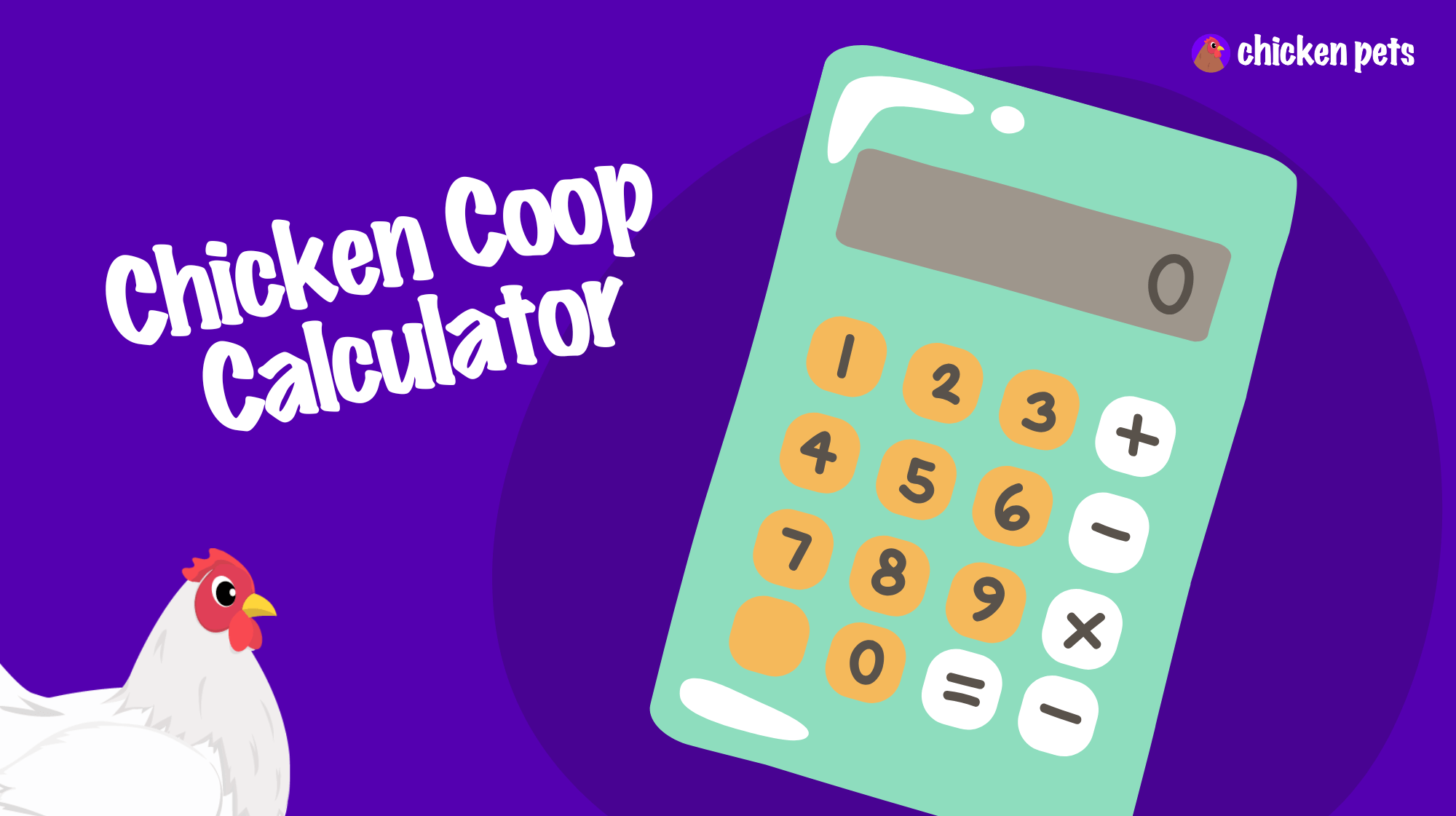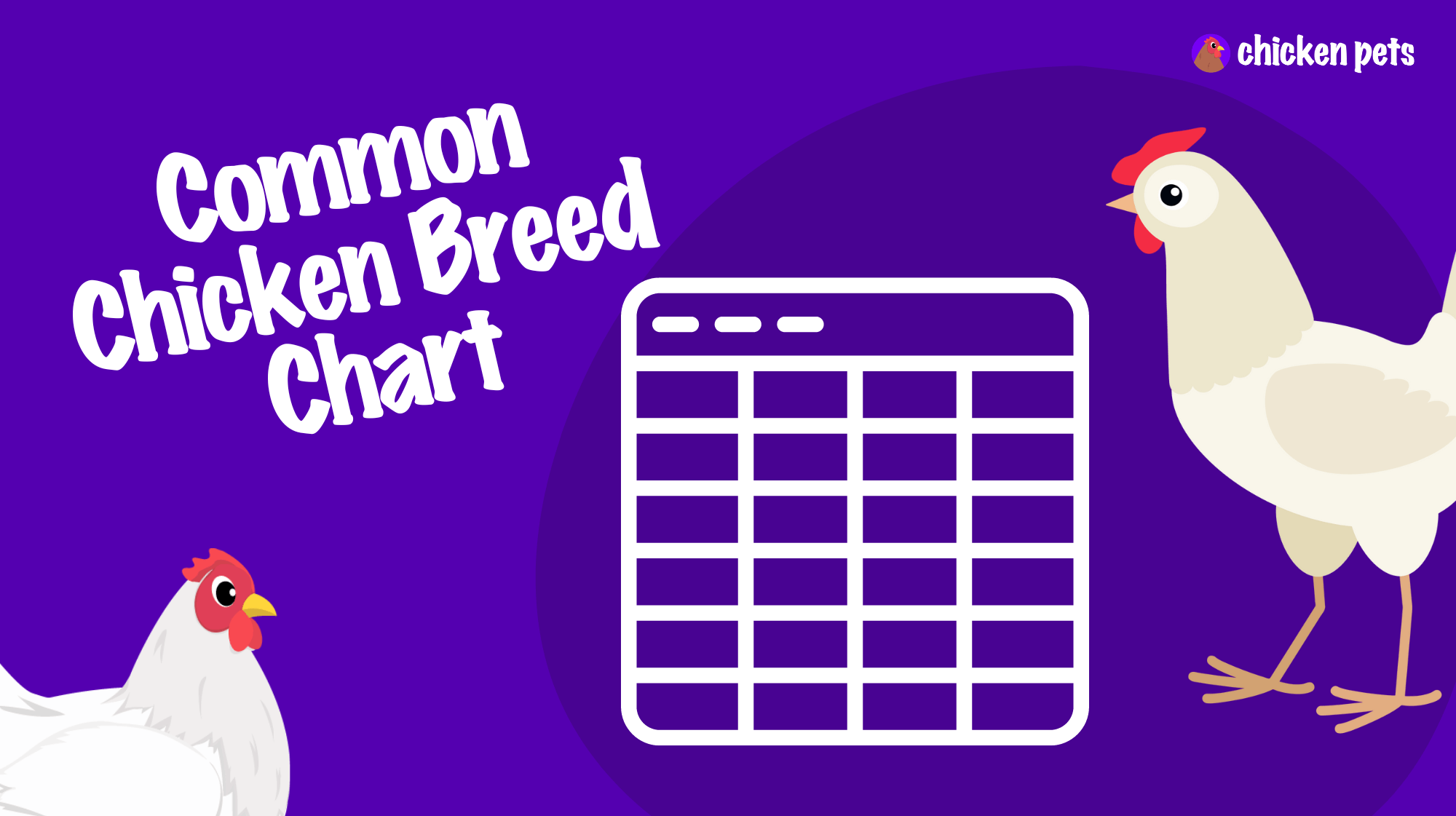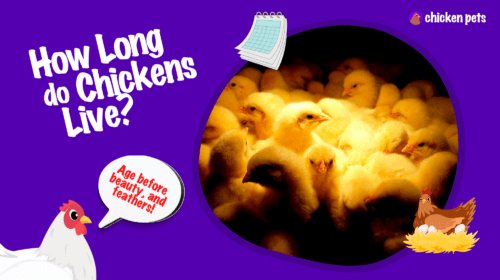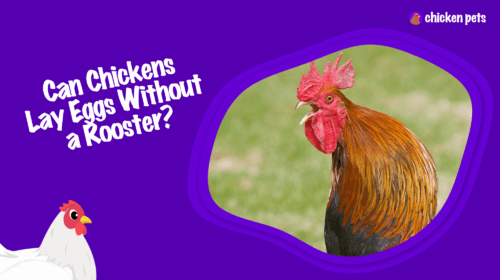No, chickens should not eat cream. Dairy products, including cream, are not a natural part of a chicken’s diet. Chickens lack sufficient lactase, the enzyme required to break down lactose found in dairy products, which can lead to digestive issues. Additionally, cream’s high fat content can cause obesity and other health problems in chickens.
Quick Summary
- Chickens cannot eat cream.
- Lack of lactase can lead to digestive issues when consuming cream.
- The high fat content may cause obesity and related health problems.
- Chickens should be offered suitable alternatives to dairy products.
Overview of Cream
Cream is a dairy product that contains a high-fat content, derived from the higher-butterfat layer skimmed from the top of milk before homogenization. Nutritional content of cream includes fats, proteins, and carbohydrates, primarily lactose.
Benefits and Risks of Cream for Chickens
While cream can provide energy due to its high fat content, it poses several risks to chickens, including potential lactose intolerance, weight gain, and an imbalance in their diet, leading to nutritional deficiencies.
Feeding Guidelines
Since cream is not recommended for chickens due to the potential health risks, there are no appropriate feeding guidelines. Chicken owners should avoid offering cream to their flock.
Alternatives
As an alternative to cream, chickens may be offered a variety of grains, vegetables, and fruits which provide the necessary nutrients without the risks associated with dairy. Foods like corn, peas, and leafy greens are healthier choices.
Expert Opinions
Poultry nutritionists and veterinarians generally agree that dairy products are inappropriate for chickens. They advocate for a balanced diet consisting of a quality commercial feed and a mix of safe, nutritious table scraps and treats.
Frequently Asked Questions
Readers who are considering the dietary habits of their chickens often have questions about incorporating dairy products like cream into their diets. Here are answers to some common inquiries.
Can chickens digest lactose found in dairy products?
No, chickens generally do not possess the enzyme lactase required to adequately digest lactose, which can lead to digestive issues.
Is it safe to give my chickens scraps that contain a small amount of cream?
While small amounts might not cause immediate issues, it’s best to avoid giving chickens dairy, including scraps with cream, to prevent potential health problems.
What should I feed my chickens instead of cream or dairy products?
Chickens should be fed a diet that includes a complete commercial poultry feed, along with a healthy variety of grains, vegetables, and occasional fruits as treats.

